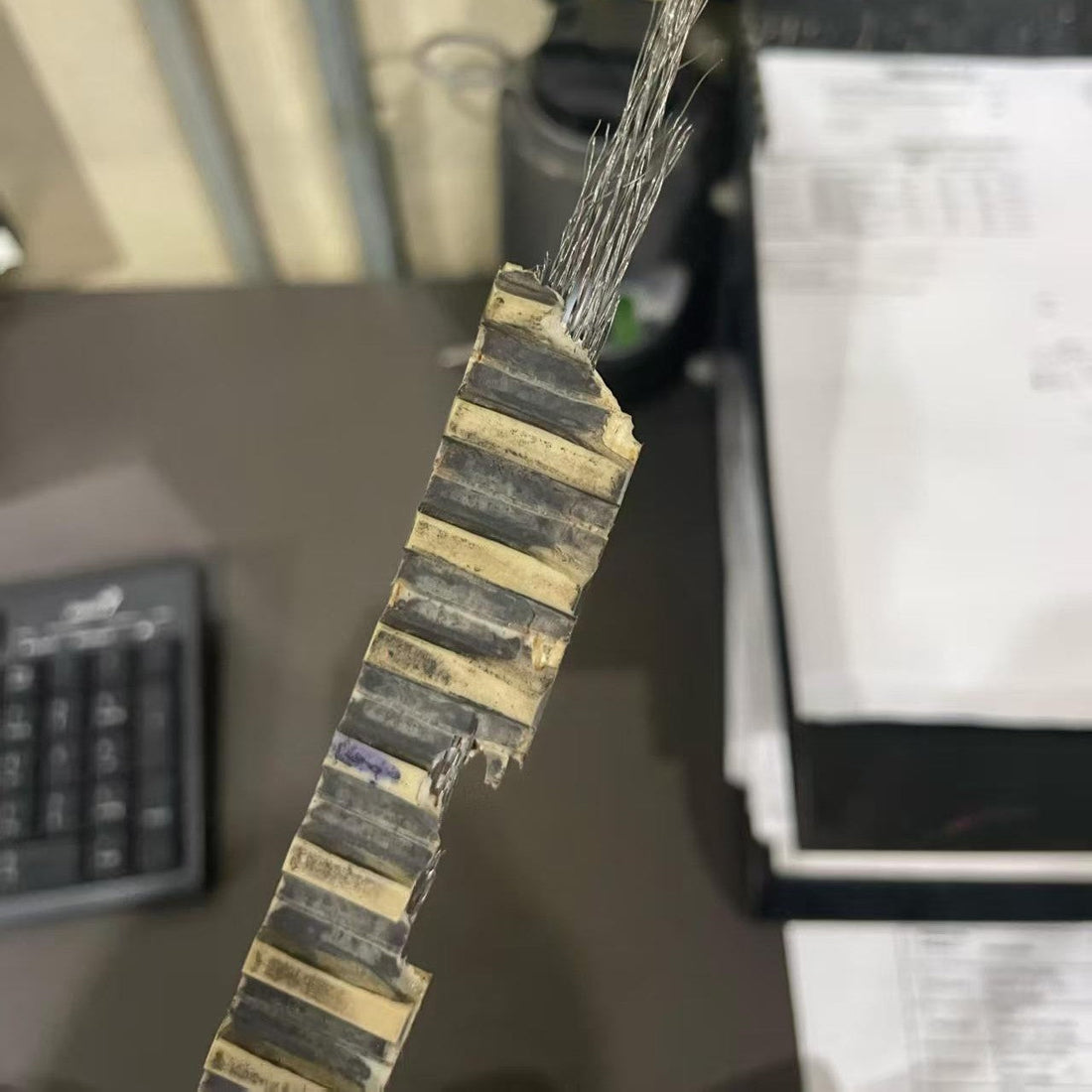
Why is timing belt replacement important?
Share
When should you replace your timing belt?
It is recommended to replace your timing belt according to the manufacturer's guidelines, typically every 60,000 to 100,000 miles. However, it is essential to check your vehicle's specific maintenance schedule, as some vehicles may require more frequent replacements.
Over time, the timing belt can wear out, become stretched, or crack. If the timing belt fails, it can lead to serious engine damage. In some cases, a broken timing belt can cause the pistons and valves to collide, resulting in costly repairs or even engine replacement.
What are the signs that your timing belt needs replacement?
There are several warning signs that indicate your timing belt may need replacement, including engine misfires, unusual noises coming from the engine, oil leaks in the front of the motor, or visible wear on the belt itself. If you notice any of these signs, it is crucial to have your timing belt inspected by a professional mechanic.
So timing belt replacement is a critical maintenance task that should not be ignored. By following the manufacturer's recommendations and being aware of the warning signs, you can prevent costly engine damage and ensure the longevity of your vehicle. Remember, when it comes to your timing belt, timing is everything.
